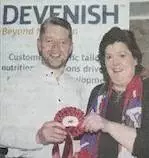Steak
Why Choose Our Shop
Why choose us
100% Natural, 100% Local
Purely natural, proudly local 100% of what you need, from right where you are.
Professional meat cutting
Precision-crafted cuts by experts — delivering quality you can taste
Quality & Standards
Committed to excellence through uncompromised quality and trusted standards.
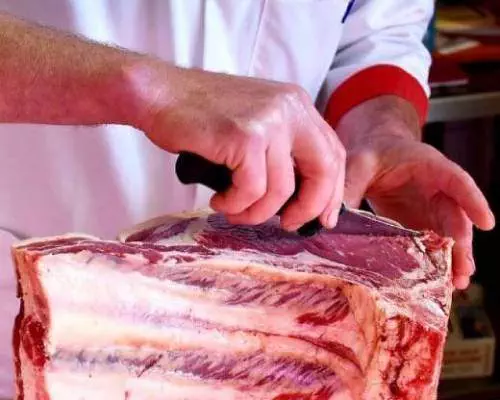
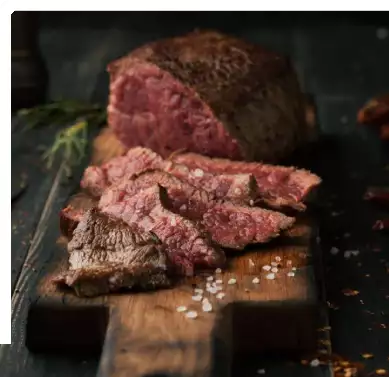
Award Winning Steak
Best Butcher Donegal Steak from our Prime Beef cattle reared on our own farm in the Finn Valley. That’s right we have won awards for it. “Look at the marbling on that.” “Best marbled steak in Ireland.”
A good sign for a butcher steak is where they supply local restaurants and hotels. Chefs are very particular – they want the best cut for the best value so a butcher who supplies steak to the chefs of these establishments knows their steak and only supplies the best.
Brendan Gallagher of Gallagher’s Butchers Castlefinn, has been supplying hotels and restaurants for years. So if you want restaurant quality steak in the comfort of your own home – look no further.


What is Marbling?
Marbling is the white flecks of intramuscular fat in each cut of meat. It is called marbling because it resembles a marble pattern. Marbling adds a lot of flavour and can be one indicator of how good the beef is. It impacts the tenderness, moistness, and overall flavour . Because of this the extent of marbling has become one of the most well-known elements of steak evaluation.
How Do you Get Marbled Beef Steak?
What Does Marbling Do?
Does that mean it’s Fatty?
How do you know how much fat is good?
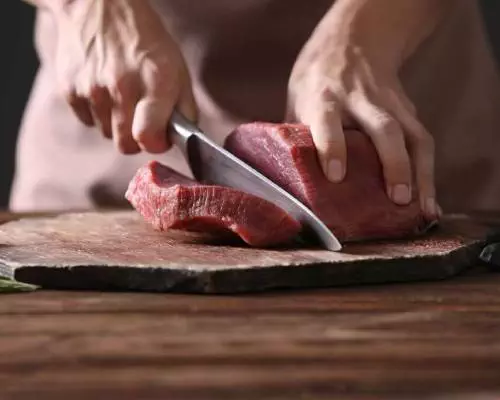
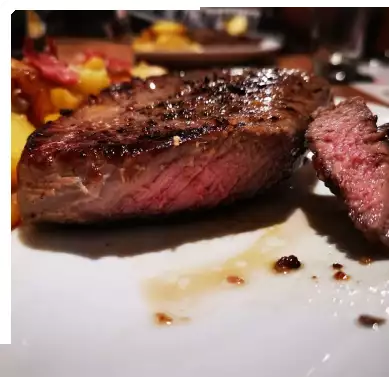
Cooking the Perfect Steak
Instructions
How to Choose the Best Butcher Donegal Steak for You
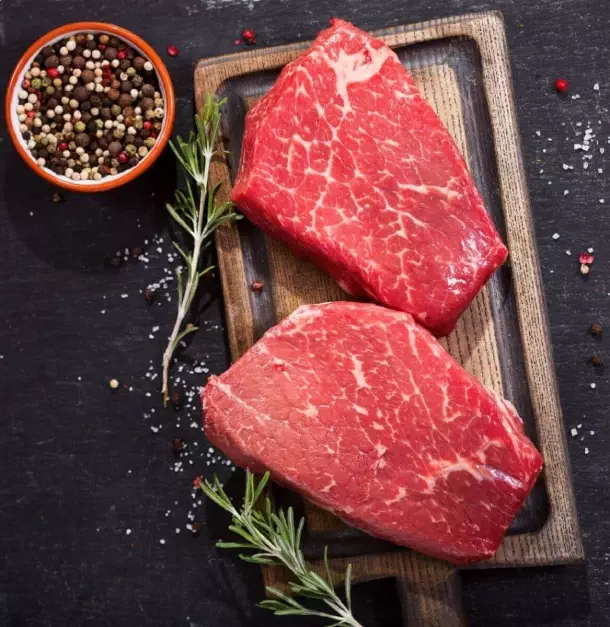
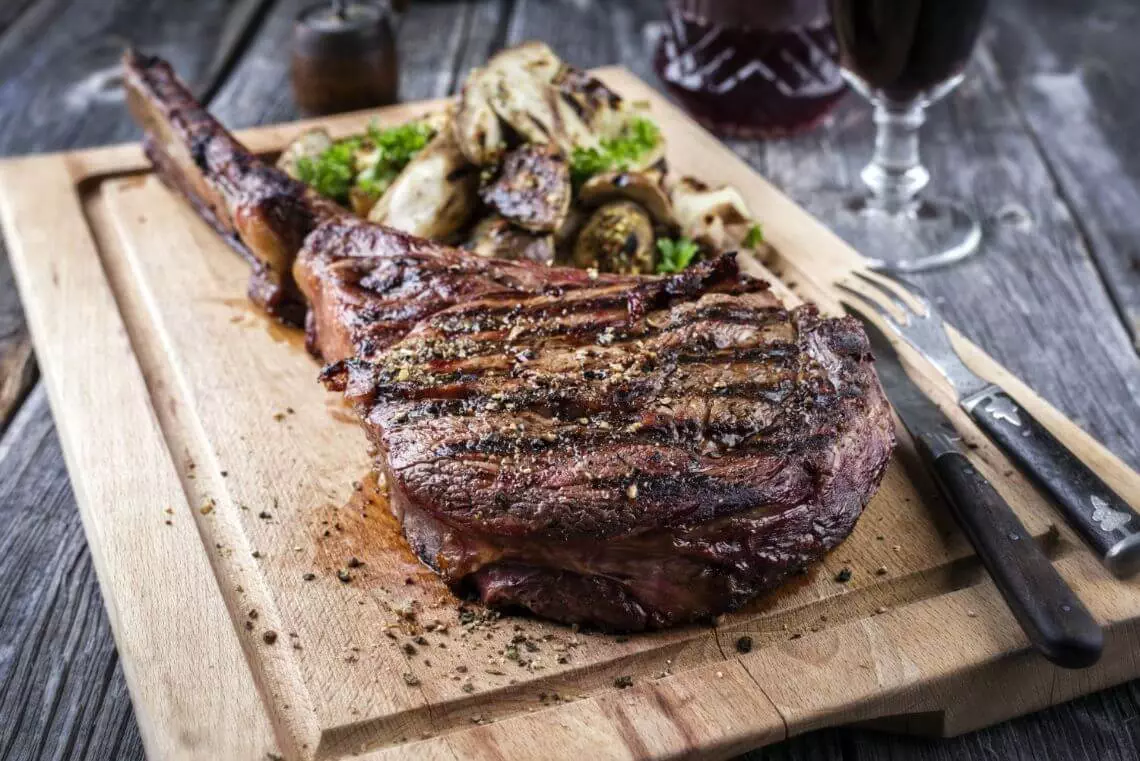
Loin Steaks
If you’re looking for the most tender steak possible, choose one that’s cut from the loin of the animal. The loin sits below the backbone; because this area gets less exercise than others parts of the animal, the loin is the source of some of the best cuts of meat for a juicy, tender steak.
Type of Steak: Fillet, T Bone, Tomahawk, Rib Eye, Sirloin Steak
Best Way to Cook: Grill, pan fry , grill pan (gives nice grill lines on the steak)
When diced, sirloin steak is also great for quick-cooking stirfrys.
For more even cooking, let these beef steak cuts stand at room temperature about 30 minutes before searing.
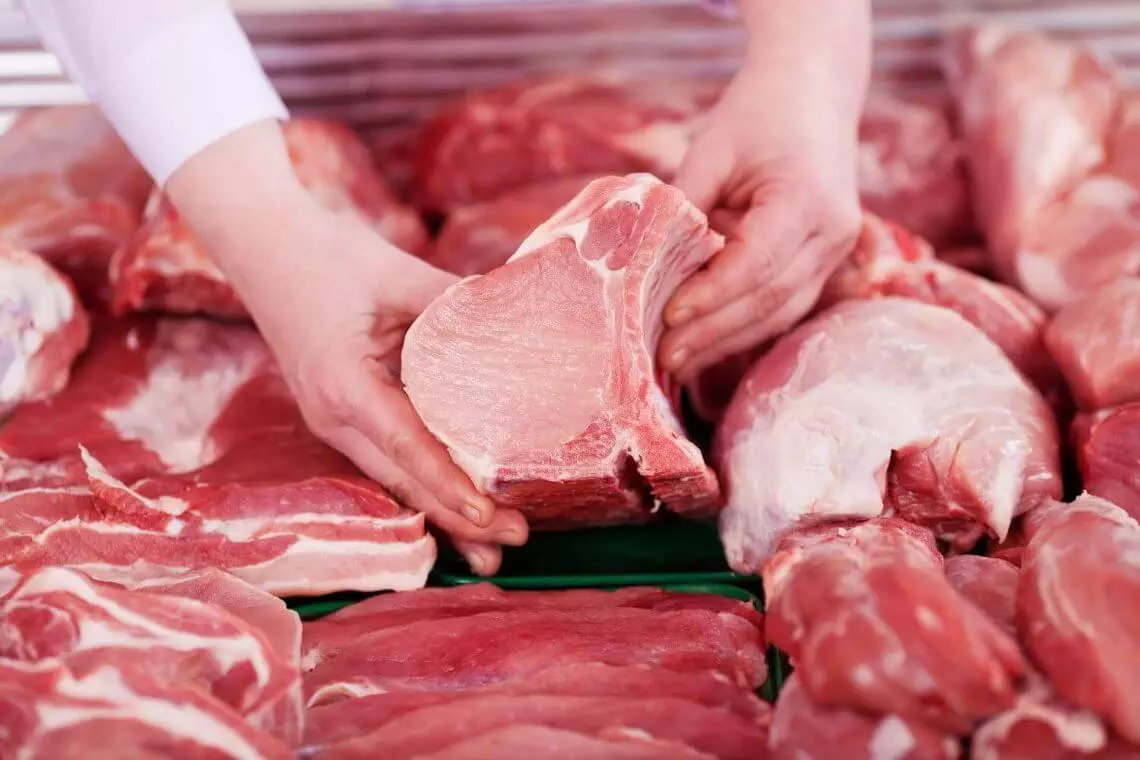
Mid Bottom Section
The plate and the flank sit in the midbottom section of the animal. These two areas contain the skirt steak, known for its bold flavor, and the flank steak, which is also a cut full of flavour.
Type of Steak: Skirt Steak, Flank Steak
Best Way to Cook: Marinate before grilling, or stir-frying. Alternatively you braise it as this adds moisture to the cooking process giving a nice tender dish.
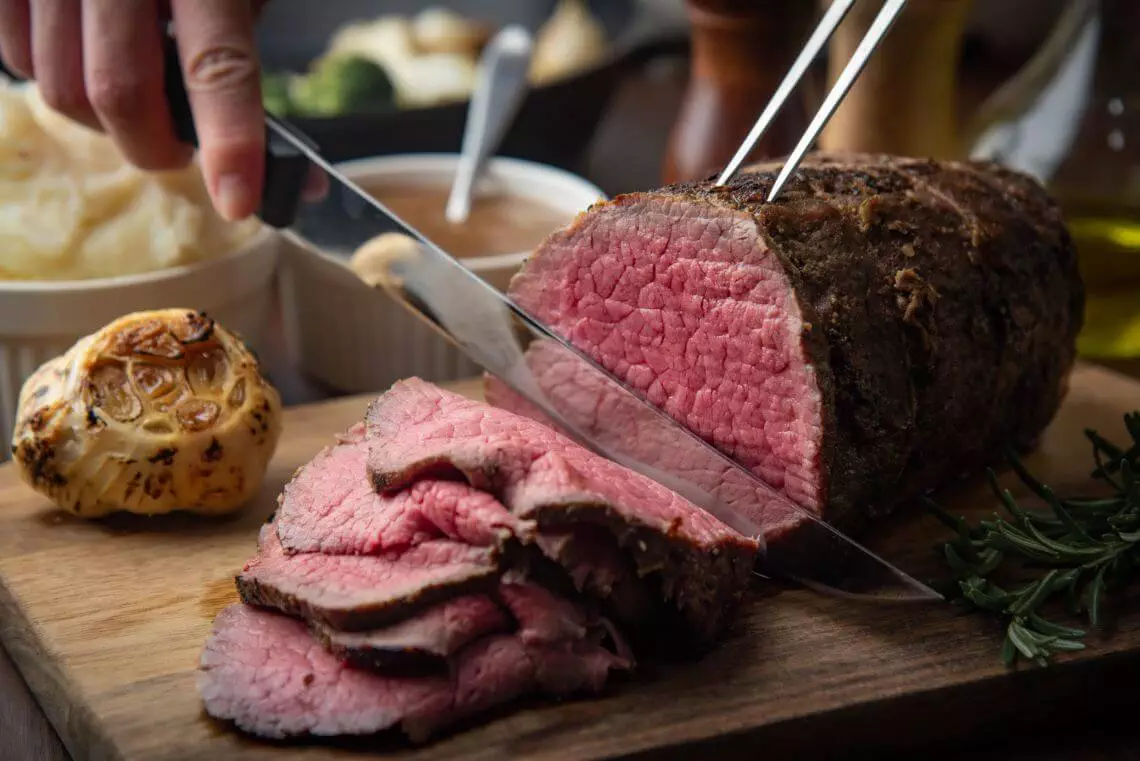
Topside, Silverside, Rump and Round
These beef steak cuts come from the hind quarter of the animal. Because the muscles in this area have been toughened by exercise, these steaks are leaner and less tender than most other beef steak cuts. They are full of flavour and more economical than the loin cuts.
Type of Steak: Topside, Round Steak, Silverside and Chump/Rump
Best Way to Cook: Rump – best for frying, stirfrys and casseroles. Topside, Silverside and Eye of Round/Salmon Cut are best for roasting. Alternatively you braise any of these cuts as this adds moisture to the cooking process.
Slow cooking definitely suits these cuts. Why not try our best butcher Donegal round steak diced beef – lovely in a casserole.

Forequarter Cuts
They come from the forequarter – neck shoulder and breast of the animal.
Type of Steak: Brisket ideal for your slow cooker, Chuck ideal for casseroles and stews. Housekeepers cuts ideal for roasting
How do you test how well done your Steak is?
Try the finger touch test – using only your thumb and forefinger test for the different grades of “doneness” – rare, medium, well done.
Brendan Gallagher
